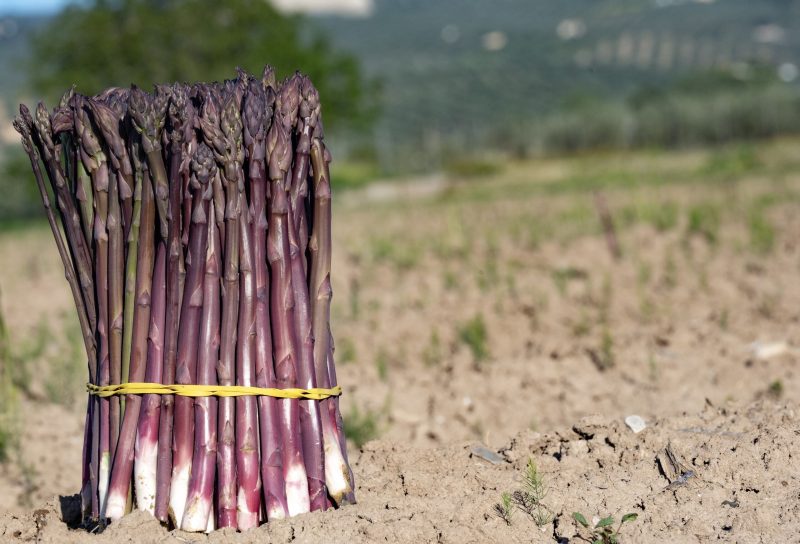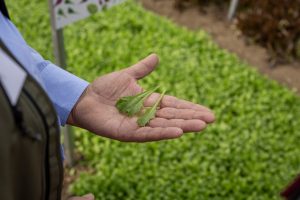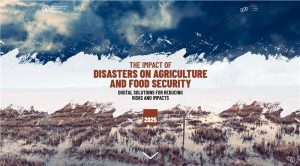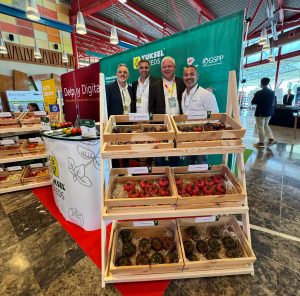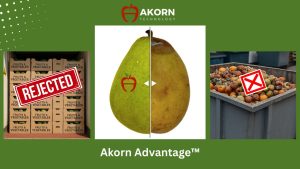With the merger of the Granada-based cooperatives Centro Sur (Cesurca), Espárrago de Granada, and Espalorquiana now complete, the asparagus giant is undergoing significant internal changes. The process includes restructuring the companies, reorganizing management systems to ensure unified operations, and implementing changes to the corporate image and new website. Additionally, they are open to incorporating new external profiles to prepare the 2025/27 Strategic Plan, which will outline the roadmap for the coming years.
As part of this transformation, Antonio F. Zamora, president of Cesurca, reveals the entity’s commitment to maintaining sustainable growth. “We are exploring strategic alliances with Latin America to offer an even better service,” he explains, emphasizing the importance of strengthening their position in the global market.
For the domestic asparagus campaign, they anticipate a 5–8% increase in volume, surpassing the more than 7 million kilos produced in 2024. This growth is supported by improved asparagus conditions due to recent rainfall, which will help recover production levels.
Another key objective is expanding their organic product line. This year, they aim to produce 250 tons of organic asparagus between Granada and Guadalajara.
Sustainable strategies in Latin America
Sustainability is at the core of Cesurca’s operations. In collaboration with the Latin American airline Latam, they participate in a carbon offset program called “Compensate to Conserve.” Specifically, they are involved in the Caniti project to restore a Peruvian rainforest, having already offset nearly 4,000 tons of CO2 (shared equally between Latam and Cesurca).
Innovation and market adaptation
While asparagus remains their flagship product, the cooperative also works with crops such as artichokes and, to a lesser extent, flat beans, broad beans, potatoes, and pumpkins, alongside mango and pitahaya imports. Notably, their artichoke line includes a unique airfreight import initiative in summer for an exclusive client—an “unmatched market offering.”
Regarding the global asparagus market, Zamora notes a declining trend in cultivated areas, especially in Peru, where production has dropped by 40% in recent years. This situation has led Cesurca to diversify its suppliers.













